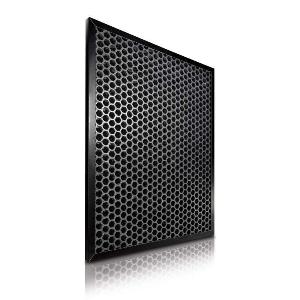source:other news release time:2023-08-11 Hits: Popular:led screen wholesaler

① In 1962, a joint laboratory of GE, Monsanto, and IBM developed a gallium arsenide phosphate (GaAsP) semiconductor compound that emitted red light, marking the commercialization of visible light emitting diodes.
② In 1965, the world's first commercially available light-emitting diode was born. It was an LED made of germanium material that emitted infrared light, with a unit price of approximately $45 at the time. Shortly thereafter, Monsanto and HP launched commercial red LEDs made of GaAsP materials. The efficiency of this type of LED is approximately 0.1 lumens per watt, which is more than 100 times lower than the typical 60 to 100 watt incandescent lamp's 15 lumens per watt.
③ In 1968, breakthroughs were made in the research and development of LEDs, using nitrogen doping technology to achieve an efficiency of 1 lumen/watt in GaAsP devices and emit red, orange, and yellow light.
④ In 1971, the industry launched GaP green chip LEDs with the same efficiency.
⑤ By the 1970s, due to the widespread application of LED devices in home and office equipment, the price of LED plummeted. In fact, LED's main market in that era was in the field of digital and text display technology applications.
⑥ The major technological breakthrough in the early 1980s was the development of AlGaAsLED, which can emit red light with a luminous efficiency of 10 lumens per watt. This technological advancement enables LED to be applied to outdoor information dissemination and automotive high mounted brake light (CHMSL) devices.
⑦ In 1990, the industry developed AlInGaP technology that could provide equivalent to the best red device performance, which was 10 times higher than the standard GaAsP device performance at the time.
⑧ Today, the most efficient LED is made of transparent substrate AlInGaP material. Between 1991 and 2001, further developments in material technology, chip size, and appearance led to a nearly 30 fold increase in the luminous flux of commercial LEDs.
⑨ In 1994, Japanese scientist Shuji Nakamura developed the first blue LED on GaN substrate, which triggered an upsurge of research and development of GaN based LEDs. In 1996, the white LED was successfully developed by Nichia Corporation (Nichia) in Japan.
⑩ In the late 1990s, LED was developed to generate white light through blue light excitation of YAG phosphor, but the color was uneven, the service life was short, and the price was high. With the continuous progress of technology, the development of white LED is quite rapid. The luminous efficiency of white LED has reached 38lm/W, and laboratory research results can reach 70lm/W, greatly surpassing incandescent lamps and approaching fluorescent lamps.
In recent years, with the continuous deepening of research on semiconductor luminescent materials, the continuous progress of LED manufacturing technology, and the development and application of new materials (nitride crystals and phosphors), breakthroughs have been made in various colors of ultra-high brightness LEDs. Their luminous efficiency has increased by nearly 1000 times, and chromaticity has achieved all colors in the visible light band, with the most important being the emergence of ultra-high brightness white LEDs, Make it possible for LED applications to leap into the high-efficiency lighting source market. Someone once pointed out that high brightness LED would be one of the greatest inventions of humanity after Edison invented the incandescent light bulb
Read recommendations:
shenzhen led screen display module manufacturer